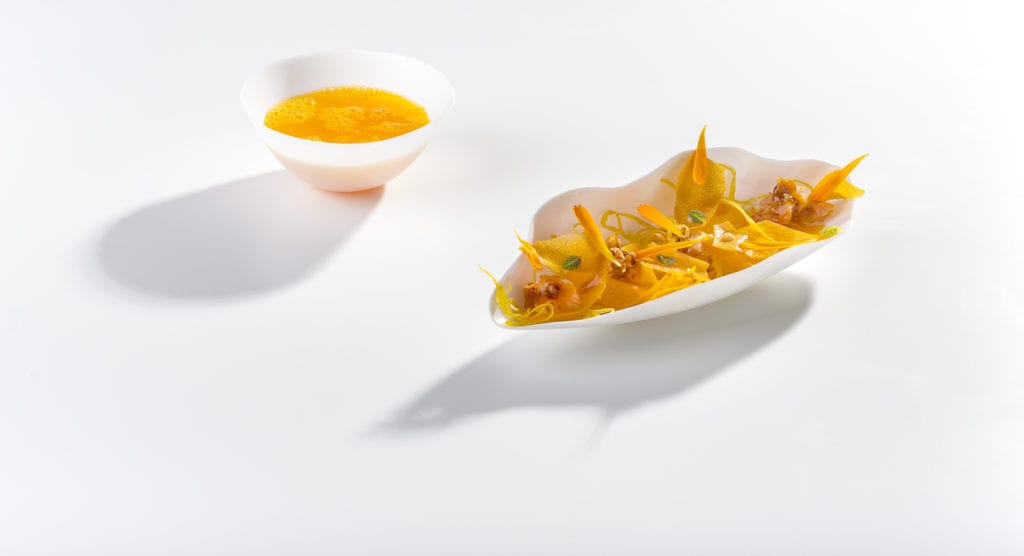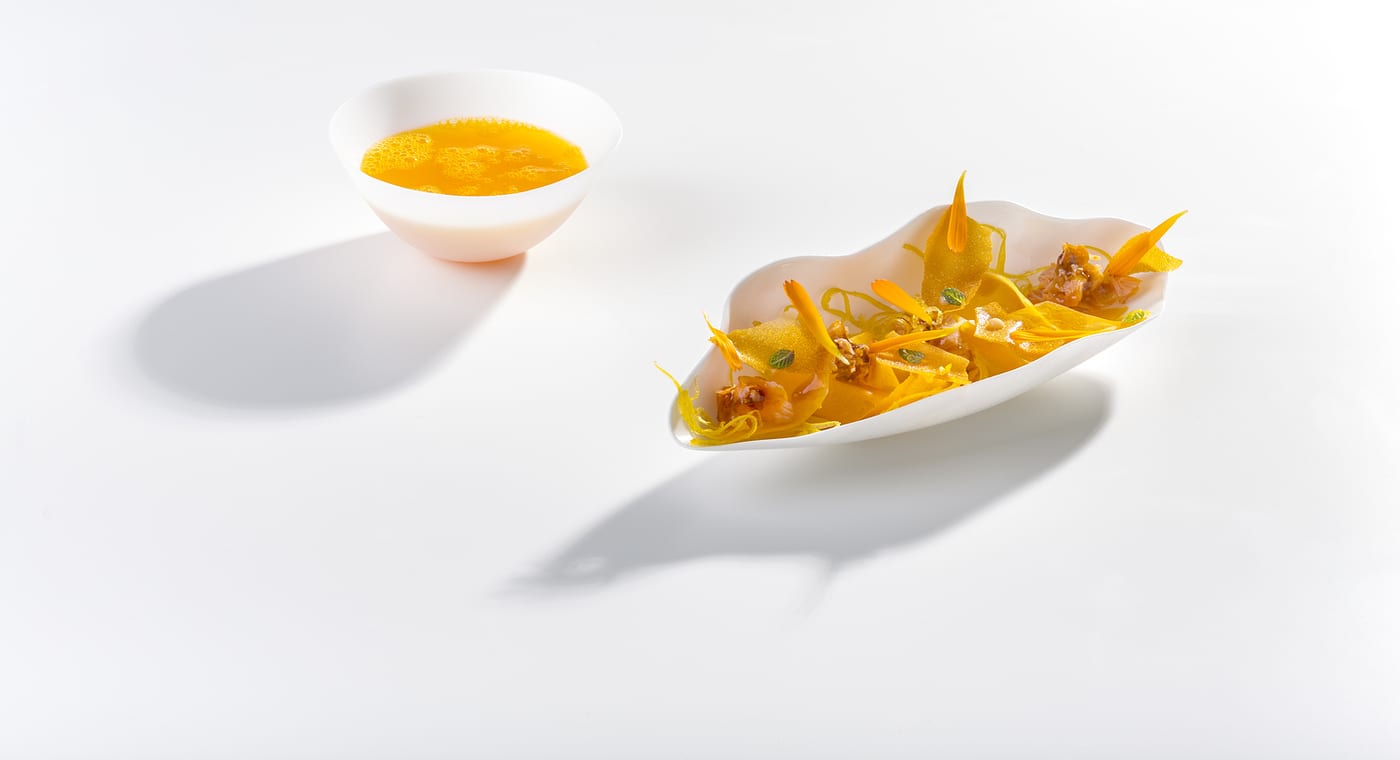This of the fermented foods it is nothing new. In fact, humans have fermented our food for thousands and thousands of years. That is, there is evidence that in ancient Egypt leavened bread was made. And in Babylon, back in 3000 BC, they used the process of fermentation for milk. So what is it about ARCHITECTURAL DESIGN this technique? Well, in recent years it has been acquiring a leading role that has even extended to haute cuisine. In fact, fermented foods in restaurants are becoming more and more popular. A curious way of cooking to which you have to pay special attention. Because, in reality, where is the boundary between what insurance and inedible? Either way, well controlled, it can lead to elaborations of the most creative and innovative.
Fermentation: what is it?
In short, fermentation can be broadly defined as a process by which food is transformed thanks to the action of fungi and bacteria. It may sound a bit shocking like that, but the truth is that this technique has been used for a long time. Some examples of fermented preparations are kimchi -very popular ingredient in Japanese gastronomy- or the Kombucha -a probiotic drink with more and more prominence-. If they don't sound familiar to you, surely these more everyday foods do: bread, cheese or beer. You see? Fermented foods are in our day to day!
The risks of fermentation
Undeniably, fermented products have quantity of benefits for our health - they restore the intestinal flora, promote digestion and allow better preservation of certain foods. However, there is a question that is difficult to solve and that is of vital importance when cooking with this technique: when does a fermented meal cross the sanitation line to become a risk?

The truth is that, according to some experts, this delimitation is a cultural theme. "Something that for one culture could be delicious, for another it is worth throwing away," explained Sandor Ellix Katz in his book The art of fermentation. As expressed by the fermented expert from the Basque restaurant Mugaritz to the newspaper La Vanguardia, the difference lies in the fact that “you have no control over what is rotten”, while what is fermented “you control and direct what is happening, generating a base on which a certain microorganism is going to grow and not others ”.
Fermented foods in restaurants, creativity without limits
But as said before, if it is controlled correctly, it can lead to the most creative and innovative preparations such as the suckling pig blanquette with fermented cabbage from the prestigious Celler de Can Roca. The Girona establishment with three Michelin stars is not the only haute cuisine establishment that has included fermented foods in restaurants. The also three-starred Quique Dacosta made his particular contribution with his Benaguasil squash fermented in its juice with ball crab.

Rodrigo of the Street, in the also awarded The GreenHouse, featured the radish with fermented sesame and peanut sauce. The latter also has a letter from drinks in which you can find some fermented ones: hydrobirra, apple kefir or lavender sparkling.
Special mention to the aforementioned Mugaritz -in Renteria, Guipúzcoa-, considered a world gastronomic reference. Your chef, Andoni Luis Aduriz, dared to take a step further in the technique of fermentation. Thus, he presented «Noble Rots » that, despite looking like an apple in bad condition -as can be seen in the image below-, it is a fermented apple filled with homemade orange marmalade. "We make ferments to generate impact visual but also to generate an impact on the palate, the taste ”, Ramón Perisé, head of R&D, told La Vanguardia.

The fermented foods in restaurants are, without a doubt, a great option when looking for new gastronomic experiences. This is how Diego Prado, Coordinator of the BCulinary Lab of the Basque Culinary Center, sees it, who explained to La Vanguardia that thanks to it “flavors are produced that otherwise would not be produced”. That is why, used in the right way, fermentation is a procedure that provides a new point of view in the kitchen. Would you dare to taste a dish cooked with fermentation?







